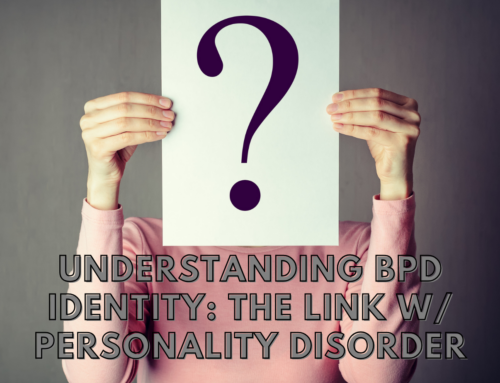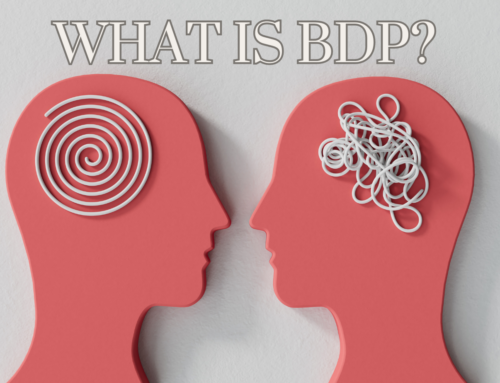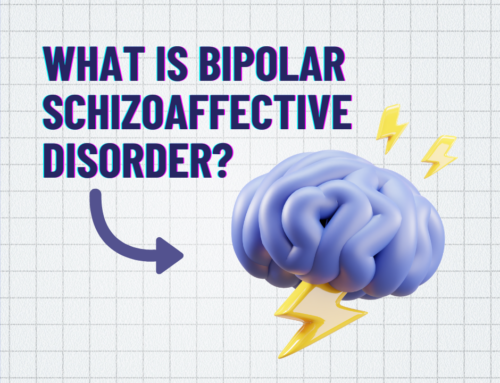Borderline personality disorder (BPD) is often misunderstood and confused with bipolar disorder. However, this distinct disorder has its own symptoms and classifications. While there is no scientific agreement on the four subtypes of BPD, they are often classified based on symptoms and how they manifest in different people. Using these subtypes can help individuals better understand their condition and better communicate what they need in treatment.
Impulsive Borderline
Those with impulsive borderline symptoms typically are exciting to be around, full of charisma and never-ending energy. These individuals can be flighty, becoming bored quickly with certain activities. They also have high expectations and can react intensely if those expectations are not met. They are often more impulsive because they crave attention from others, causing them to engage in activities without considering the consequences. This can lead to troubling repercussions down the road.
Discouraged Borderline
Individuals with discouraged borderline symptoms are often more dependent on others. Even so, they usually suppress numerous feelings of anger towards those around them due to their own perceived self-perceptions of inferiority and inadequacy. They are the most likely out of the other types to turn to self-harm to cope and can fall into depression much quicker. Suicidal ideation is possible if help is not sought out early on.
Self-Destructive Borderline
The symptoms of the self-destructive borderline are just that: self-destructive. These individuals are their own saboteurs, causing destruction even when they seem to be on the right path. They have an intense fear of abandonment and depend on others for a sense of identity. They often have mood swings, are filled with anger, and can come across as bitter to those around them.
Petulant Borderline
The petulant borderline has personality traits of being unpredictable and prone to outbursts of intense anger and frustration. They are difficult to please, as their emotions often guide them into situations. They can become defensive when others accuse them of being wrong, and they usually respond in passive-aggressive behaviors when they feel someone has wronged them. They are difficult to please and often have incredibly complex relationships despite their loving nature.
Psychologist Theodore Millon developed the classification system for BPD subtypes to better understand this personality disorder for patients and mental health professionals alike. Treatment paths can be more individualized by using these subtypes as a guide for identifying symptoms. While popular, this guide is not scientifically based and should be used with caution. Even so, those seeking treatment for BPD may find it helpful. Alta Loma Transformational Services can get you the help you need and put you on the path to recovery. Call us today at (866) 457-3843 to get started on your recovery journey.



